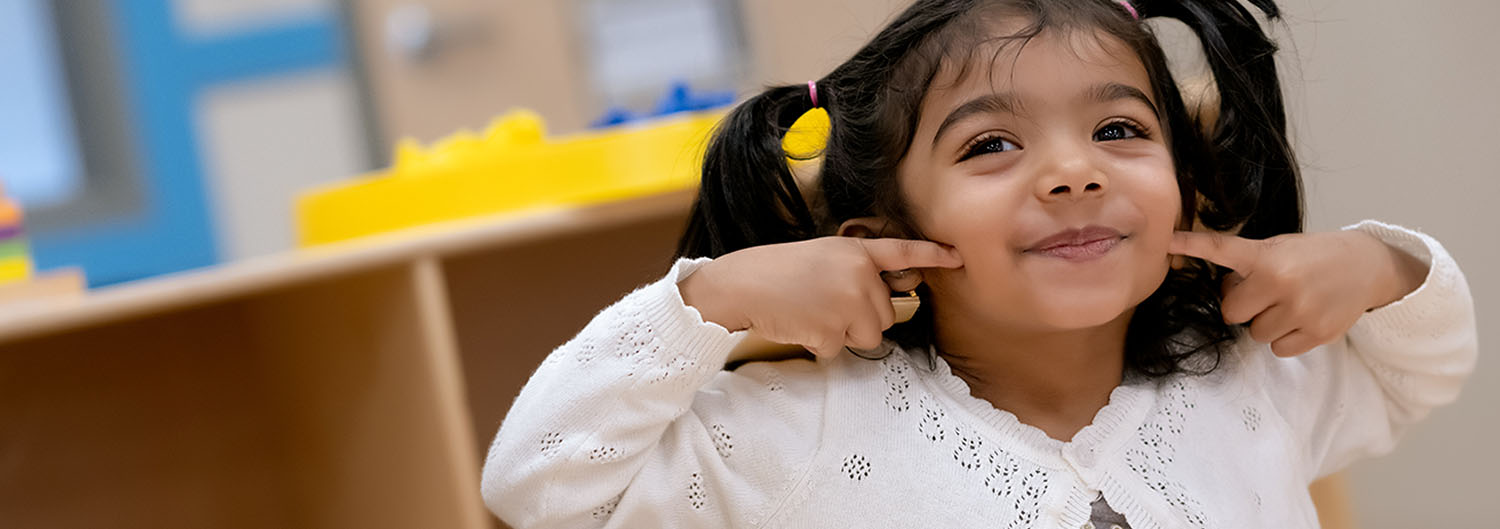- View All
- Topics
- Search
Topics
Blog Archive
-
2024 (25)
- November (2)
- October (2)
- September (3)
- August (3)
- July (3)
- June (2)
- May (2)
- April (2)
- March (2)
- February (2)
- January (2)
-
2023 (15)
- December (2)
- November (2)
- October (2)
- September (1)
- August (1)
- July (1)
- June (1)
- May (1)
- April (1)
- March (1)
- February (1)
- January (1)
-
2022 (13)
- December (1)
- November (1)
- October (1)
- September (1)
- August (2)
- July (1)
- June (1)
- May (1)
- April (1)
- March (1)
- February (1)
- January (1)
-
2021 (15)
- December (1)
- November (1)
- October (1)
- September (2)
- August (1)
- June (1)
- May (2)
- April (1)
- March (2)
- February (2)
- January (1)
-
2020 (11)
- December (1)
- October (2)
- September (1)
- August (1)
- July (1)
- May (2)
- March (1)
- February (1)
- January (1)
-
2019 (12)
- December (1)
- November (1)
- October (1)
- September (1)
- August (1)
- July (1)
- May (2)
- April (1)
- March (1)
- February (1)
- January (1)
-
2018 (12)
- December (1)
- November (1)
- October (1)
- September (1)
- August (1)
- July (1)
- June (1)
- May (1)
- April (1)
- March (1)
- February (1)
- January (1)
-
2017 (12)
- December (1)
- November (1)
- October (1)
- September (1)
- August (1)
- July (1)
- June (1)
- May (1)
- April (1)
- March (1)
- February (1)
- January (1)
-
2016 (12)
- December (1)
- November (1)
- October (1)
- September (1)
- August (1)
- July (1)
- June (1)
- May (1)
- April (1)
- March (1)
- February (1)
- January (1)
-
2015 (12)
- December (1)
- November (1)
- October (1)
- September (1)
- August (1)
- July (1)
- June (1)
- May (1)
- April (1)
- March (1)
- February (1)
- January (1)
-
2014 (6)
- December (1)
- November (1)
- October (1)
- September (1)
- May (1)
- April (1)




Parting Ways with the Pacifier
Why Say Goodbye?
While the pacifier can provide temporary comfort and soothing for infants and toddlers, prolonged use can lead to dental issues, speech development challenges, and even ear infections. Additionally, as children grow older, reliance on the pacifier can interfere with their ability to self-soothe and regulate emotions.
When to Say Goodbye
There’s no one-size-fits-all answer to this question. Most children give up the pacifier between the ages of 2 and 4. The American Academy of Pediatric Dentistry recommends reducing pacifier use by 18 months of age and completely weaning them from your child by the time they are three years old. Some experts suggest starting the weaning process between 6 months to 1 year, aiming to intervene before a child forms a deep attachment to the pacifier.
Our Links to Learning teachers are here to partner with you during this transition. Below are some of the strategies we implement in our classrooms that you can also try at home.
Tips for Saying Goodbye
Dealing with Resistance
It’s natural for children to resist giving up their pacifiers, especially if it’s been a source of comfort for them since infancy. Be patient and empathetic, but also firm in your decision. Provide extra comfort and reassurance during this transition period.
Final Thoughts
Saying goodbye to the pacifier is a significant milestone for both parents and children. While it may come with its challenges, it’s an important step towards fostering independence and healthy development. By following these tips and approaching the process with patience and positivity, you can make the transition smoother for everyone involved. So, here’s to breaking up with the binky and embracing the next chapter of your child’s growth journey!
To learn more about how we partner with families during this journey find a school!